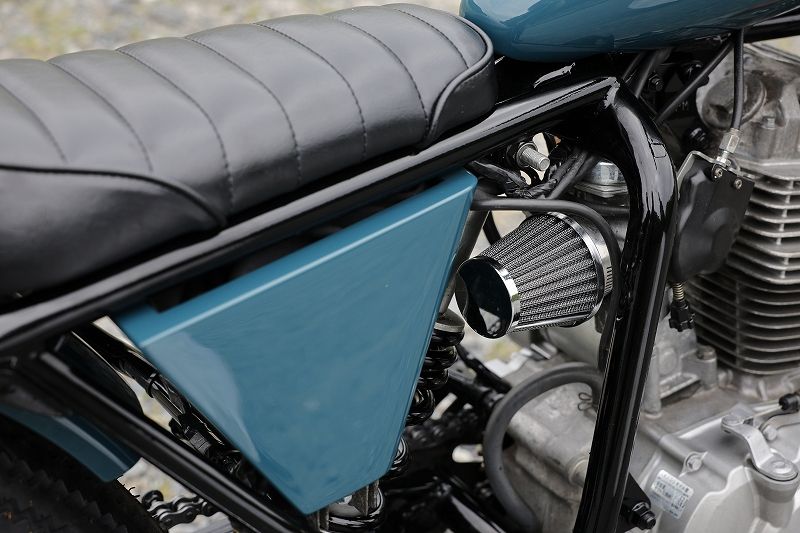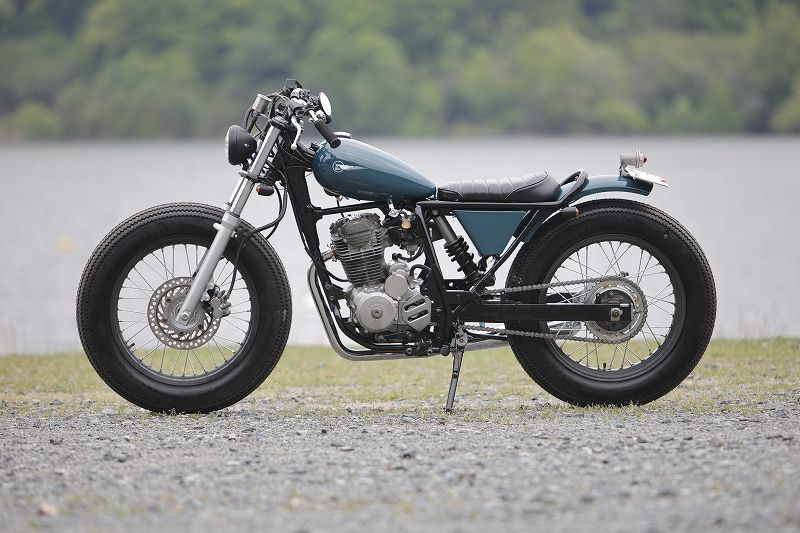The bike under discussion boasts the aesthetic of a vintage street tracker, subtly infused with elements reminiscent of a bobber. In contemporary times, the FTR designation is predominantly linked with Indian motorcycles; however, it was originally introduced by Honda several years prior.
Heiwa’s chosen base, manufactured in 2000, arrived at the workshop in commendable condition, serving as an ideal canvas for transformation. Positioned atop his workbench, devoid of its factory bodywork, Kengo initiated the project with structural alterations to set the creative process in motion.
Notably, the rear portion of the subframe underwent a significant overhaul, replaced by a gracefully arching looped tube. The factory suspension was lowered by 50 millimeters (two inches) at both ends to achieve the desired stance and ride characteristics.

Custom bodywork, including a bespoke fuel tank and compact leather seat, was meticulously crafted to complement the bike’s retro aesthetic. The addition of a handmade storage box beneath the saddle provided practicality while maintaining the bike’s streamlined appearance.
Attention to detail extended to the front end, where a Bates-style headlamp and LED blinkers were seamlessly integrated. The cockpit featured a minimalist design, with a chrome-plated handlebar and aluminum-housed speedometer adding a touch of classic charm.
Kengo Kimura’s transformation of the Honda FTR 223 showcases his exceptional craftsmanship and dedication to blending vintage style with contemporary performance. Equipped with a stainless-steel exhaust system and a premium pod filter, the bike achieves peak engine efficiency and optimal airflow.
Its eye-catching teal color, enhanced by black and gold accents, adds to its visual allure. Every detail of the custom FTR 223 reflects Kimura-san’s meticulous attention, resulting in a motorcycle that stands out both in appearance and performance. This bike is a testament to his ability to create truly unique and memorable machines.

